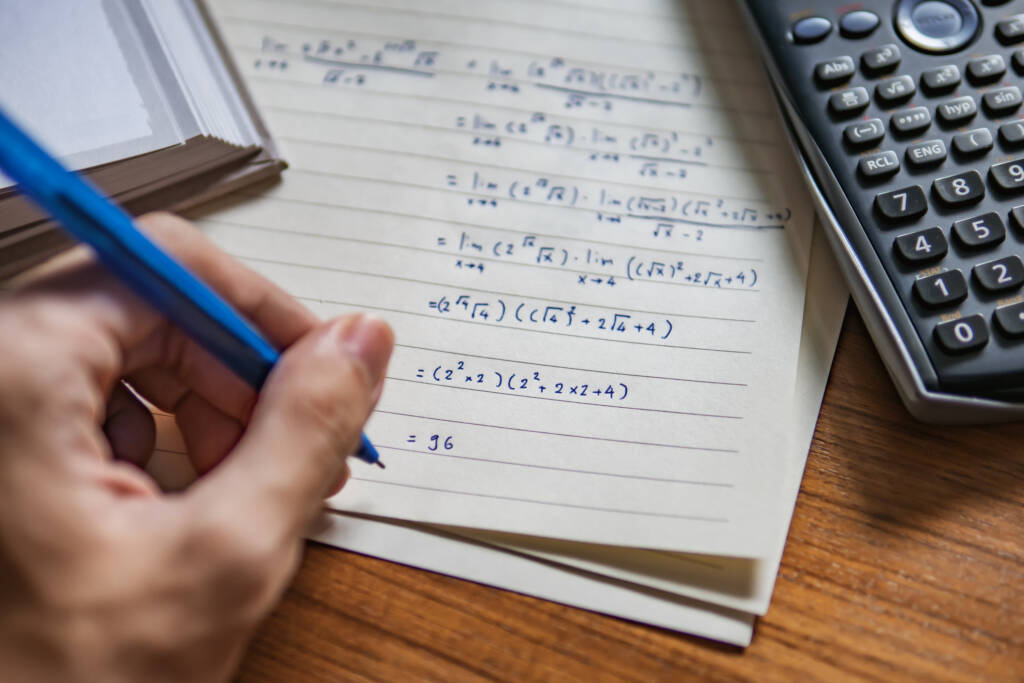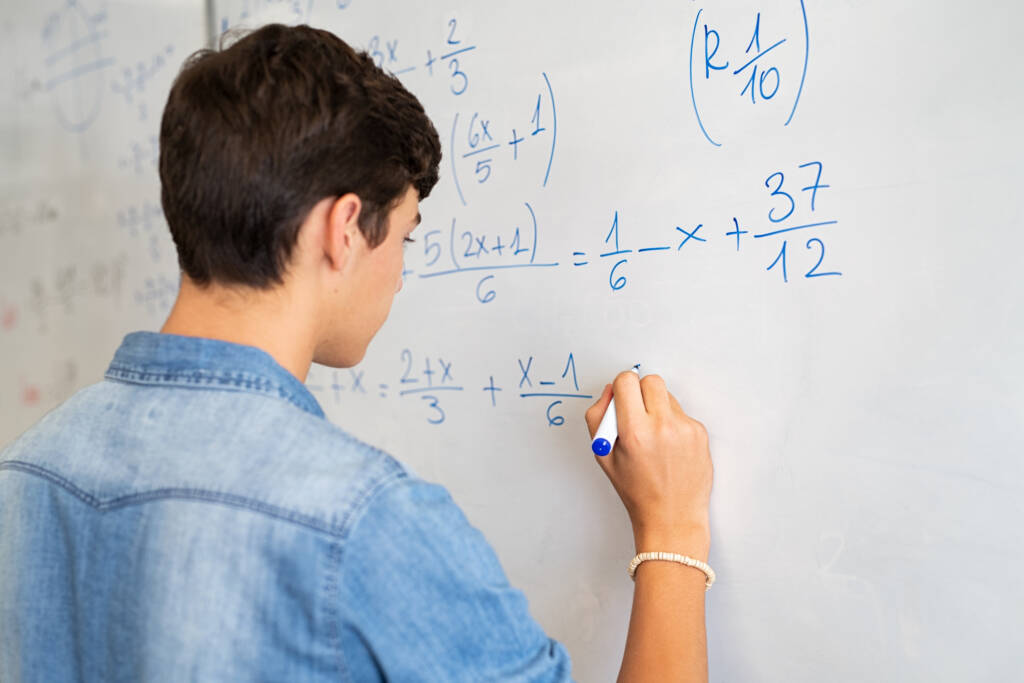
AP Calculus BC
- courses

This course is designed to provide college-level instruction on the concepts and tools for working with data. Students collect and analyze data and draw conclusions based on real-world information. The course challenges students to explore patterns, think critically, use a variety of tools and methods, and report their findings and conclusions.
Segment I:
Exploring Data
Exploring Relationships
Collecting Data
Probability and Random Variables
Segment II:
Sampling Distributions and Confidence Intervals
Proportions
Means and Slope
Chi-Square and Summary
AP Course & Exam Registration Requirements
College Board requires students to register for AP exams no later than November 13th (individual schools may set earlier deadlines).
All VLACS AP students are required to enroll in the “course only” section in My AP. Instructions for joining My AP will be posted on each VLACS course page and instructors are available to help with this process.
Students who plan to take the corresponding AP exam must arrange to take the exam at a local school that administers it. To register for an AP Exam, the local school will enroll the student in an “exam only” section in My AP. Students should follow these steps:
Please note that, if a school allows a student to register after the 11/13 deadline, there will be a $40 late exam fee. There will also be a $40 canceled/unused exam fee if a student registers and then cancels his/her exam or if the student does not show up on test day.
More information is available on the College Board’s website: https://apstudents.collegeboard.org/
Students will demonstrate an understanding of representing and analyzing data by analyzing data sets, explaining data graphically and numerically, explaining percentiles as representation of data, and evaluating data distributions.
Students will demonstrate an understanding of data relationships by explaining scatterplots and correlation, explaining least-square regressions, and evaluating transformations.
Students will demonstrate an understanding of data collection by analyzing samples and surveys, evaluating experimental design, and differentiating between correlation and causation.
Students will demonstrate an understanding of probability and random variables by describing randomness and simulation, solving problems involving probability, and differentiating random variables.
Students will demonstrate an understanding of sampling distributions and confidence intervals by analyzing sampling distributions and creating confidence intervals.
Students will demonstrate an understanding of proportions by creating a hypothesis test, constructing confidence intervals, and differentiating statistical conclusion errors.
Students will demonstrate an understanding of means and slope by creating a hypothesis test, calculating the difference of two means, explaining a matched pairs test, and interpreting linear regressions and confidence intervals.
Students will demonstrate an understanding of chi-square by explaining the goodness-of-fit test and interpreting the test for independence.